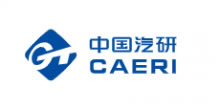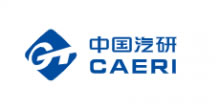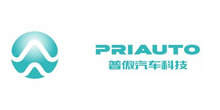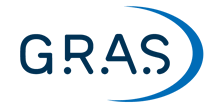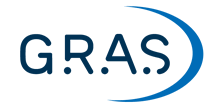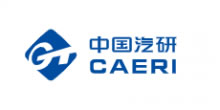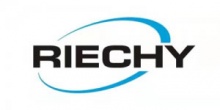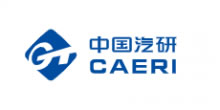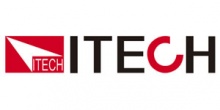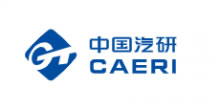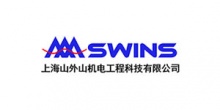Ricardo developing technology to tackle motion sickness
In future CAVs it is envisioned that passengers will be able to work, read from a screen, watch a movie or hold a conversation while in motion, perhaps while seated in a swivelled, side- or rear-facing position. All these can be trigger factors for kinetosis (motion sickness), so technological solutions addressing this issue is likely to be crucial for consumer acceptance of these types of vehicles, Ricardo foresees.
Kinetosis, in general, is believed to be the result of dissonance between senses, caused by a disconnect between the motion as experienced by the inner ear and what the eyes are perceiving – a vestibular-visual mismatch.
The classic Treisman’s hypothesis suggests that such a disconnect mimics the hallucinatory effects of severe food poisoning. This effect can be compounded by the peripheral vision flicker experienced as a result of the vehicle’s motion by those reading, watching screens or engaged in direct, face-to-face conversations.
Children and teenagers are thought to suffer the most from kinetosis as development of the central nervous system tends to lag behind physical growth, giving an even greater vestibular-visual mismatch.
A Ricardo innovations research team has been investigating the causes and exacerbating factors for kinetosis and is using this to develop algorithms that can be used to improve ride comfort and avoid motion sickness.
For all vehicles the software would be advantageous in informing the optimal specification of suspension to provide the most desirable ride and handling characteristics.
Additionally, for autonomous vehicles, the algorithms could be used with the real-time adaptation of multiple sensory aspects of the cabin environment – control of temperature, lighting and scent – as well as influencing the discretionary path taken in maneuvers such as cornering, stopping, starting and overtaking.
Testing with adult volunteers has already been done to calibrate the kinetosis algorithms, but further data is needed for 4 to 18-year olds. Ricardo is working with UK universities in a larger-scale research program involving local school children – carefully monitored in accordance with stringent ethical and safeguarding standards. The results are expected to be available for validation of the algorithms later this year, and will be tied to the science curriculum. The project has been greeted with enthusiasm by teachers.
As well being important in the development of autonomous vehicle control systems, the data obtained will also be extremely valuable in validating the kinetosis algorithms for application in new vehicle design.
The technology has already attracted interest from OEMs for both autonomous cars and conventional premium vehicles, and from some companies developing Mobility as a Service products.
 广告
广告 编辑推荐
最新资讯
-
面向自动驾驶系统的人工智能数据集评估建议
2025-11-03 21:06
-
电动汽车车架模态性能分析
2025-11-03 21:04
-
一汽车项目落地南京,项目总投资约40亿元!
2025-11-03 21:04
-
全球86个品牌角逐 东风胜利轮胎入选2025中
2025-11-03 17:11
-
一汽车项目落地南京,项目总投资约40亿元!
2025-11-03 11:51





 广告
广告



